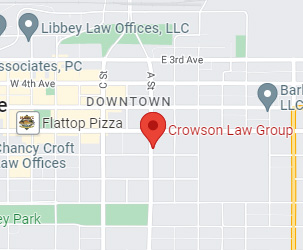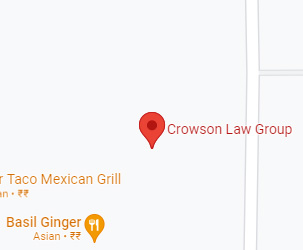Tail Coverage: The What and The How

One of the bases for personal injury lawsuits is medical malpractice. It is not uncommon for medical malpractice awards to be paid out from hundreds of thousands up to some millions of dollars. However, the majority of such payments are made by insurance companies covering medical facilities or medical professionals. This article will discuss tail coverage and how it works.
According to one source [Tail coverage definition — AccountingTools] tail coverage is defined as “a type of insurance that is designed to cover claims arising before the termination of a claims-made insurance policy, but which are reported afterwards”. Standard claims that are made to insurance policies to cover allegations of medical error, i.e. medical malpractice are designed to protect health care professionals or facilities from such claims that are based on an incident that happened and was reported while the insurance policy was still in effect. However, tail coverage, on the other hand, provides protection from such medical malpractice claims that are reported after the insurance policy has expired or has been cancelled. For legal advice and representation on filing a medical malpractice lawsuit speak to the best lawyer for personal injury relating to medical malpractice today.
To illustrate how tail coverage works consider the following example: Tom is Doctor Jade’s patient, he alleges that Doctor Jade committed malpractice on March 17, 2019. However, Tom only brought about his malpractice lawsuit against Doctor Jade on August 13, 2020. Doctor Jade cancelled her previous insurance policy in December 2019 and is now covered by a new insurance. However, the new insurance does not cover previous acts. Therefore, unless Doctor Jade purchased tail coverage with her previous insurance company, she will not be insured for the medical malpractice lawsuit. It is extremely important to both the patient and the doctor to have tail coverage as the damages awards provided by court in respect of medical malpractice are often very high and much harder to collect unless the doctor has insurance.
Taking note of the above illustration it is important to observe that tail coverage only provides protection for those health care providers who committed acts while under the original policy period. As a result, it does not cover any malpractice committed during the period of their tail coverage. In addition, it must be noted that tail coverage likely has a different limit or cap as compared to the previous policy that was in place.
It is important to note that in order for a policyholder to have tail coverage they must pay an additional premium on top of the one they already paid. Therefore, it is not uncommon for tail coverage to be an option given to the doctor to buy when the policy is cancelled. Unfortunately, tail coverage does not come cheap and may rise to 150-200% over the price of a mature claims policy; however, this is dependent on location and the area of medicine. That being said it may be an option for the cost of tail coverage to be spread across several payments.


